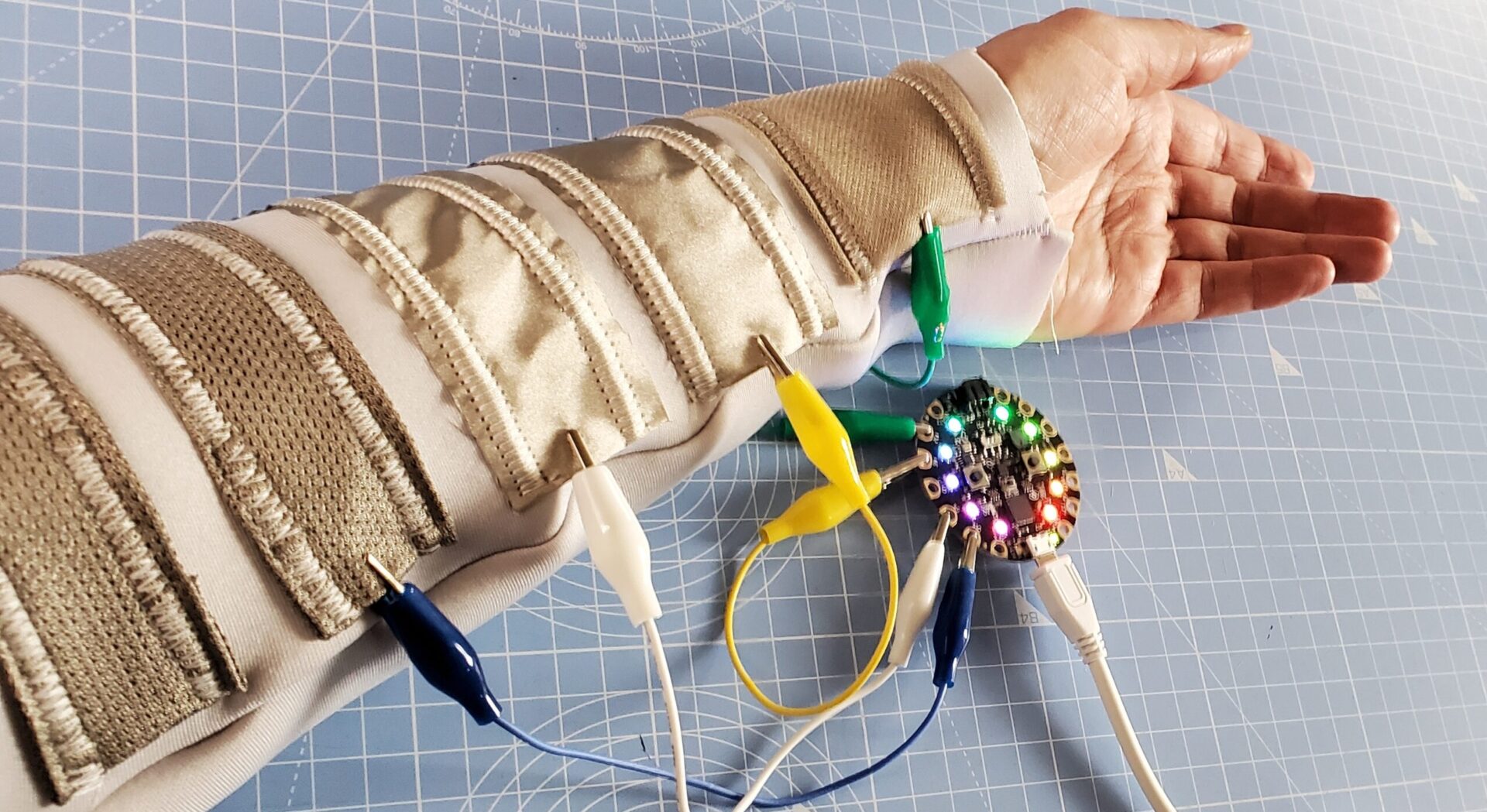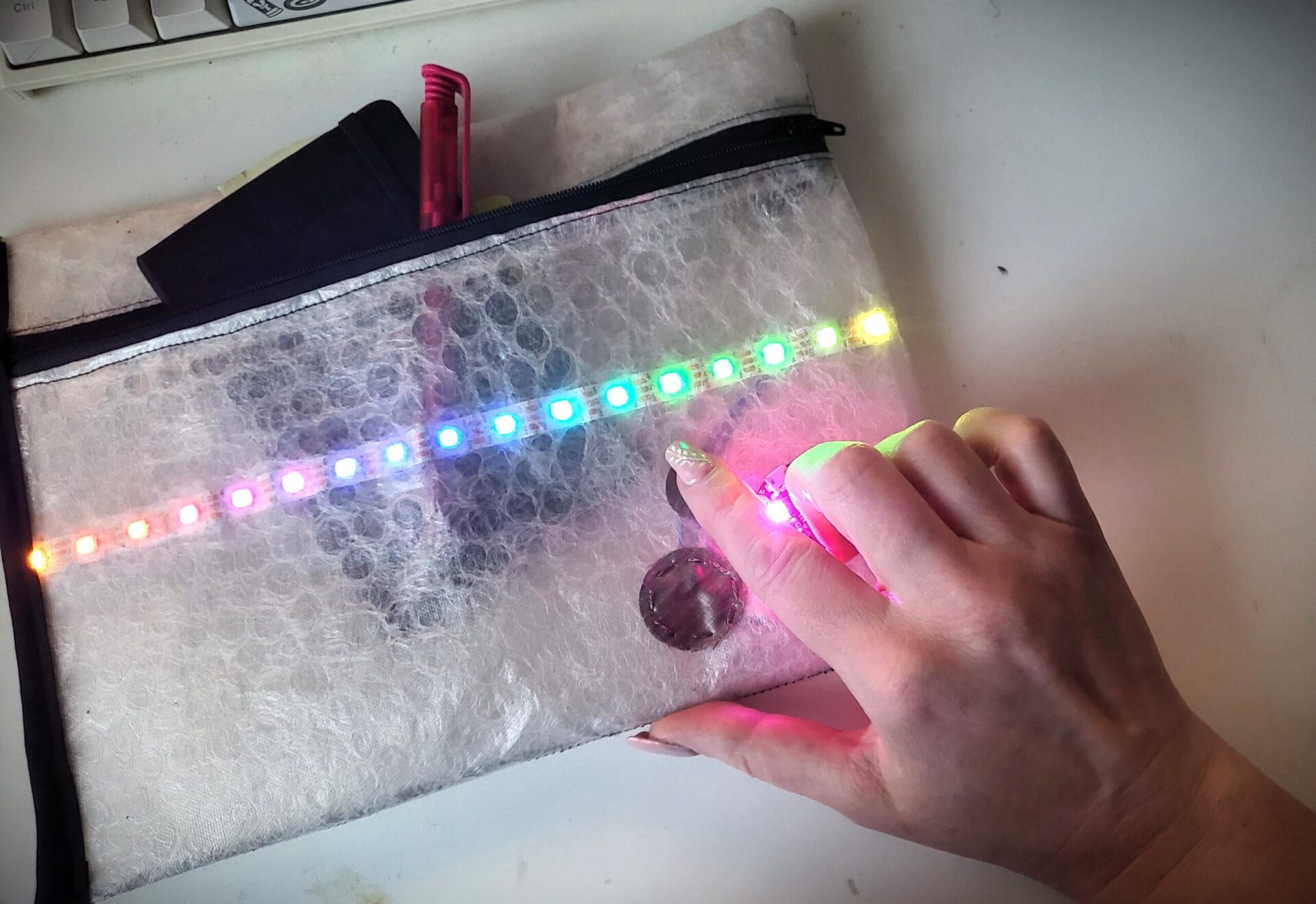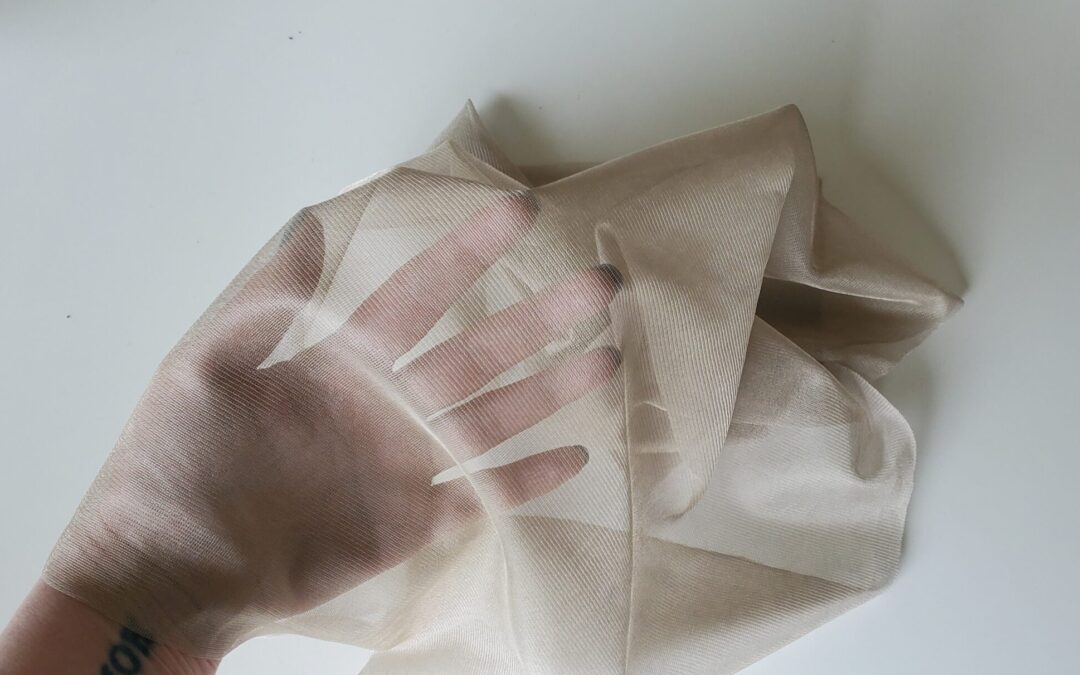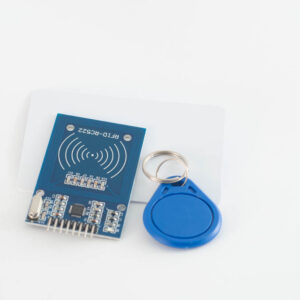Conductive Fabric: The Secret Ingredient to Your Next DIY Project
Hey there! I wanted to write a little bit about conductive fabrics, because I love working with them so much.
Conductive fabrics are fabrics that can conduct electricity. They’re super cool because they can be used in wearable technology for a variety of reasons. For example, they can help monitor vital signs such as heart rate, blood pressure, and body temperature. They can also be used to create clothing that can monitor posture and movement.
But wait! There’s more! Conductive fabrics can also be used to create clothing that can include circuits to charge electronic devices such as smartphones and tablets. Can we even harness energy from the fabric to create a battery that can be charged by the wearer’s movements? (I’m not sure how, but I’m sure somebody can!)
So if you’re a maker using Arduino or electronic components, you can use conductive fabrics to create some really fun projects! Imagine creating a shirt that lights up when you’re excited or a jacket that charges your phone while you’re walking around. The possibilities are endless!
Browse our range of conductive fabrics and materials.
Conductive Fabrics add so much to a project!
They have unusual properties that make them a stunning addition to your circuits. Use them to create buttons, or latches to provide conductivity in your projects. They also look beautiful as well as being useful.

Practical uses
Touch for generating signals
I’ve created many projects that use conductive fabrics – they can work in place of buttons, or connectors, or to enhance interactivity in a project.
Conductive fabrics play a crucial role in the realm of smart textiles, combining functionality with comfort.
- EM Shielding Textiles: Electro-Magnetic (EM) shielding restricts the diffusion of electromagnetic fields. These textiles protect electrical equipment and humans from radiating EM fields. They can be woven, knitted, or nonwoven, with electrically conductive fibers ensuring effective shielding.
- E-textiles (Electronic Textiles): These fabrics integrate electronic components, such as sensors, actuators, and conductive threads, directly into the textile structure. E-textiles enable wearable technology, health monitoring, and interactive clothing.
Applications of Conductive Fabrics:
-
- Smart Clothing and Wearables: Conductive fabrics are used in wearable devices, fitness trackers, and health-monitoring garments. They enable seamless integration of sensors, electrodes, and communication modules.
- Heating Textiles: Fabrics with embedded conductive elements provide warmth. These textiles find applications in heated jackets, gloves, and blankets.
- Electrostatic Discharge (ESD) Clothing: In industries where static electricity poses risks (e.g., electronics manufacturing), ESD clothing made from conductive fabrics prevents electrostatic discharge.
- EMI Shielding: Conductive textiles shield against electromagnetic interference (EMI) in sensitive environments like medical equipment, aerospace, and military applications.
- Smart Home Textiles: Conductive fabrics can be part of home automation systems, allowing touch-sensitive curtains, interactive furniture, and intelligent textiles.
- Medical Electrodes: Conductive textiles serve as electrodes for ECG (electrocardiogram), EEG (electroencephalogram), and other medical monitoring devices.
- Fashion and Aesthetics: Designers incorporate conductive fabrics into avant-garde fashion, creating illuminated garments, interactive accessories, and futuristic designs.

This is a project where I recycled bubble wrap – but – it has conductive fabric cut into a circle which I’ve used as a touch button to turn the lights on and off.
There are so many uses for conductive fabrics, which are your favourites? How have you been using conductive fabrics? Are you new to conductive fabrics – let me know!



0 Comments